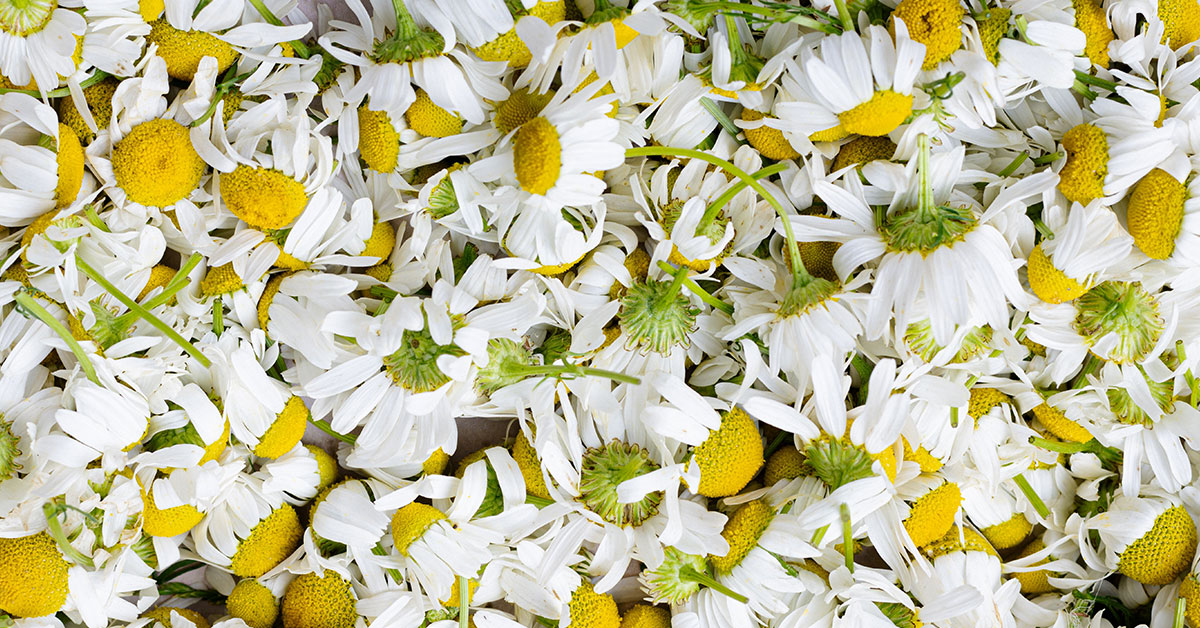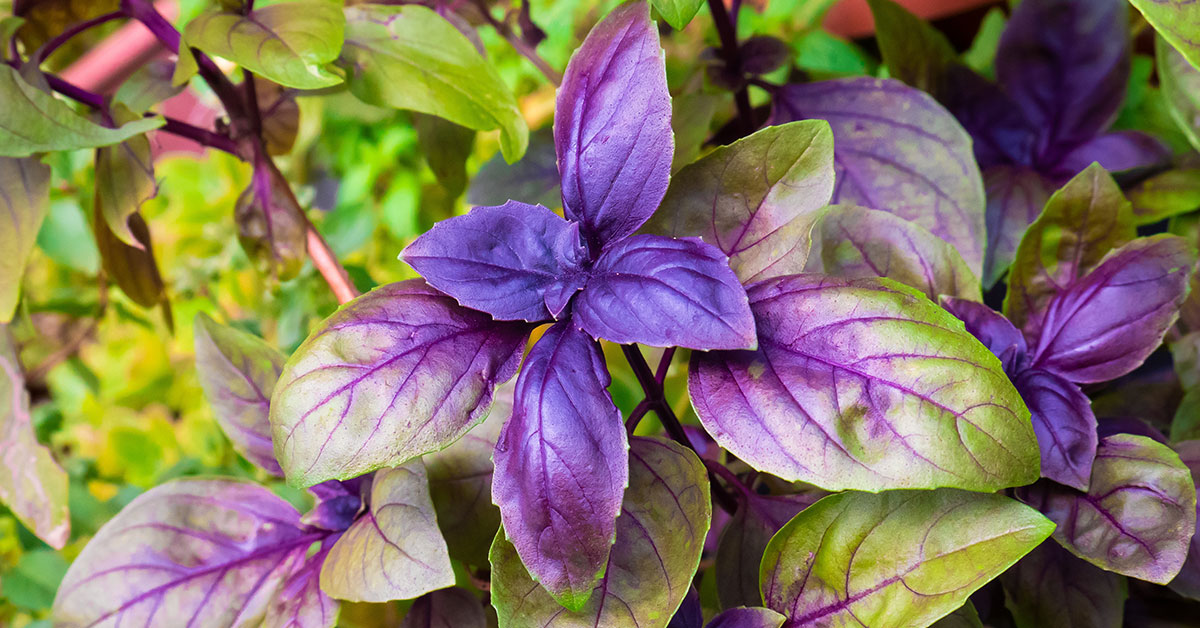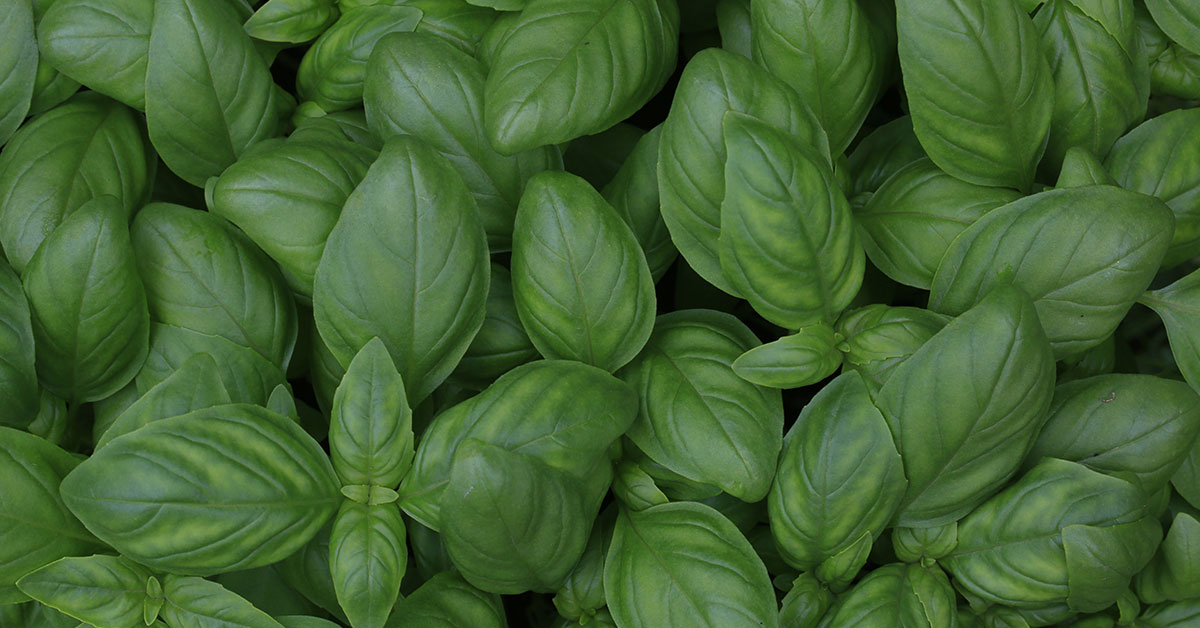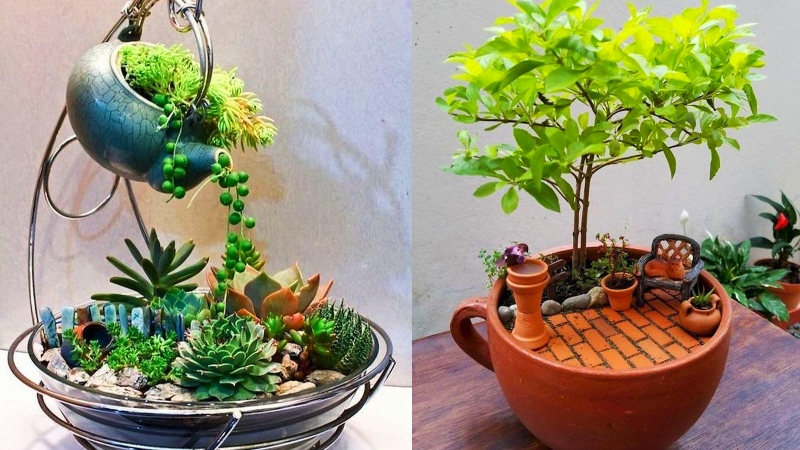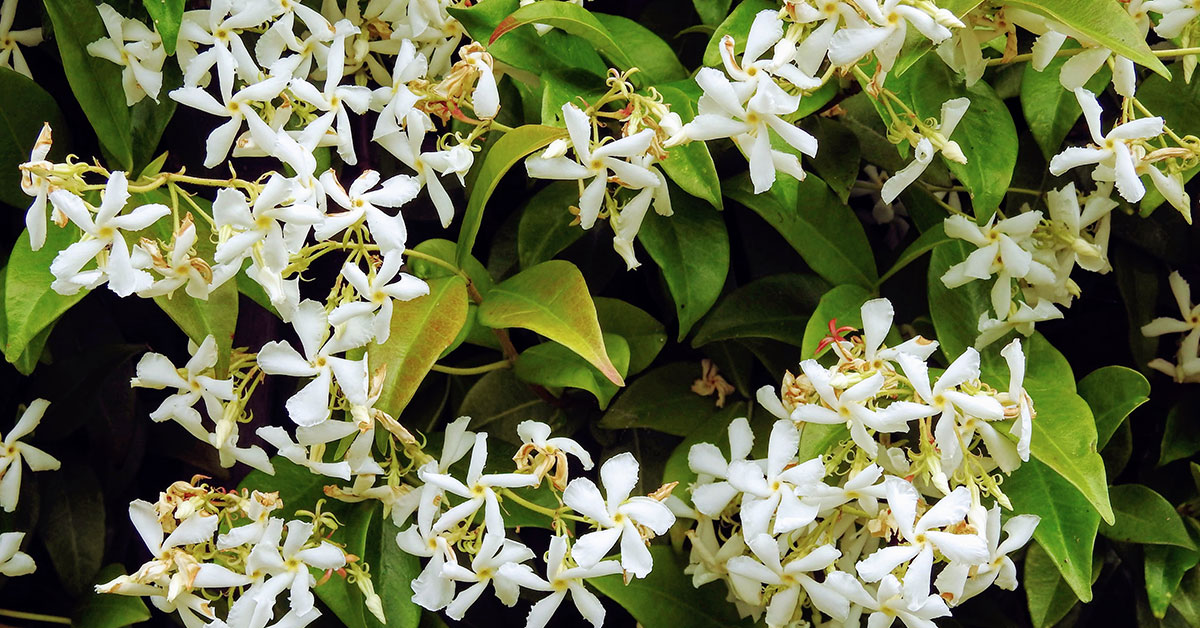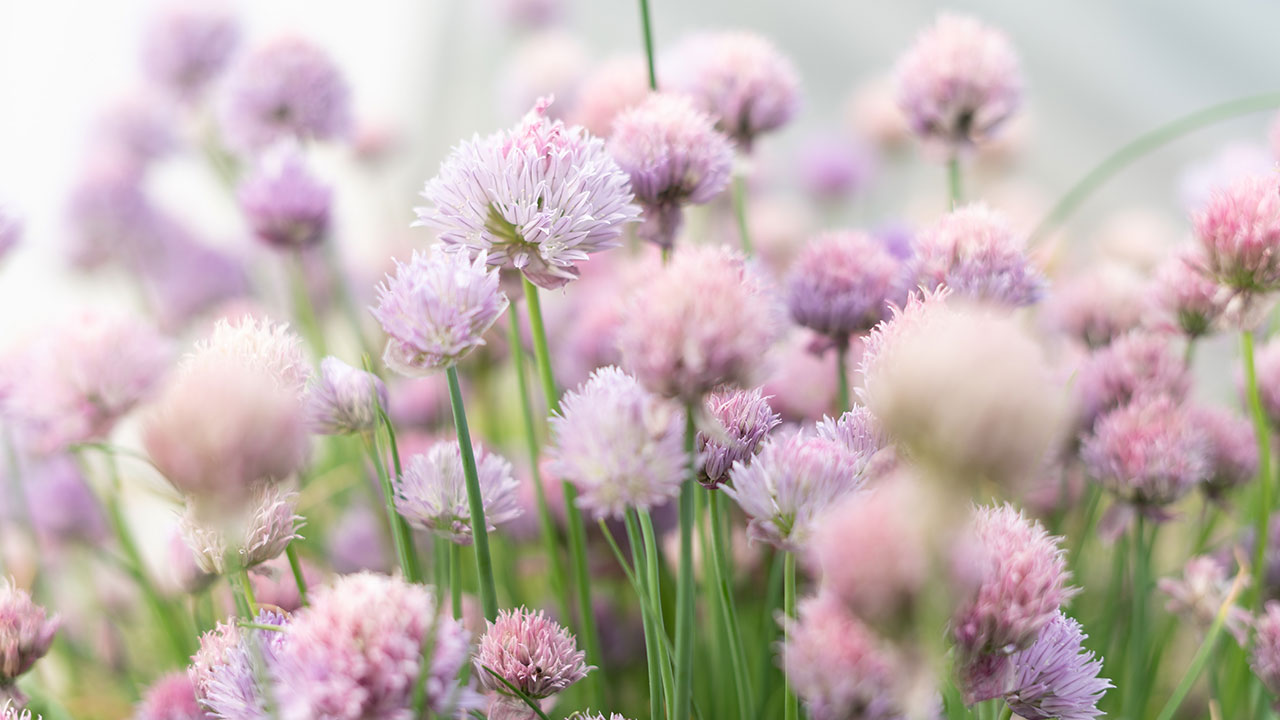Welcome to the world of Berggarten Sage, a delightful and versatile herb that is sure to elevate your gardening experience. Known for its stunning silver-gray foliage and aromatic scent, Berggarten Sage is a popular choice among gardening enthusiasts.
Whether you are a seasoned gardener or a beginner, this article will guide you through the process of growing and caring for Berggarten Sage, ensuring that you can enjoy its beauty and culinary benefits all year round. From selecting the right location to providing the ideal growing conditions, we will explore the various aspects of cultivating this remarkable herb and help you create a thriving Berggarten Sage garden in your own home. So, let’s dive in and discover the secrets to successfully growing this exceptional plant!
What is a Berggarten Sage?
Berggarten Sage, also known as Salvia officinalis ‘Berggarten’, is a popular herbaceous perennial plant that belongs to the Lamiaceae family. It is a cultivar of the common sage plant and is highly valued for its ornamental and culinary uses.
Berggarten Sage is a compact and bushy plant that typically grows up to 2 feet (60 cm) in height and spreads about 2-3 feet (60-90 cm) wide. It has attractive, soft, gray-green leaves that are broader and rounder than the regular sage plant. The leaves are also thicker and have a velvety texture, making them visually appealing and touchable. The plant produces small, tubular flowers that are usually purple or blue in color, although there are also white-flowering varieties available.
The flowers bloom on tall spikes that rise above the foliage during the summer months, attracting pollinators like bees and butterflies. Berggarten Sage is known for its strong and aromatic fragrance, which is similar to the common sage but slightly milder. The leaves have a rich and savory flavor, making them a popular choice for culinary purposes. They are often used in stuffing, sauces, soups, and various meat dishes, adding a delightful taste to the food.
This sage variety is well-suited for growing in containers or as an ornamental plant in garden beds. It thrives in full sun to partial shade and prefers well-draining soil. Berggarten Sage is relatively low-maintenance and drought-tolerant once established, making it an excellent choice for both beginner and experienced gardeners. Overall, Berggarten Sage is a beautiful and versatile plant that not only adds visual interest to gardens but also provides a delightful aroma and culinary benefits.
Where is Berggarten Sage native?
Berggarten Sage, also known as Salvia officinalis ‘Berggarten,’ is a cultivar of common sage (Salvia officinalis). The common sage is native to the Mediterranean region, specifically to the coastal areas of southern Europe.
As for its invasiveness, Berggarten Sage is not considered invasive. Invasive plants are those that aggressively spread and outcompete native species, causing harm to the ecosystem. However, Berggarten Sage is a well-behaved garden plant that typically stays within its designated area without spreading uncontrollably.
It’s important to note that while Berggarten Sage is not invasive, it can still self-seed and spread to some extent if the conditions are favorable. Regular pruning and deadheading can help prevent excessive self-seeding and keep the plant in check.
How to grow Berggarten Sage indoors
Berggarten Sage, also known as Salvia officinalis ‘Berggarten,’ is a popular herb that can be grown indoors. Here is a care guide to help you successfully grow Berggarten Sage indoors:
- Light requirements: Place your Berggarten Sage plant in a location that receives at least 6-8 hours of bright, indirect sunlight per day. A south or west-facing window is usually ideal. If natural light is limited, you can supplement with fluorescent grow lights placed 6-12 inches above the plant.
- Temperature: Berggarten Sage prefers moderate temperatures between 60-75°F (15-24°C). Avoid exposing the plant to extreme temperature fluctuations or drafts.
- Watering: Water your Berggarten Sage plant thoroughly when the top inch of soil feels dry to the touch. Ensure that the pot has good drainage to prevent waterlogging, as sage plants are susceptible to root rot. Avoid overwatering, as it can lead to fungal diseases. During winter, reduce watering frequency slightly.
- Humidity: Sage plants can tolerate average indoor humidity levels, but they appreciate slightly higher humidity. You can increase humidity by placing a tray filled with water near the plant or using a humidifier.
- Soil: Use well-draining soil with a pH level between 6.0 and 7.0. A mix of regular potting soil and perlite or sand works well. Avoid heavy clay-based soils that retain too much moisture.
- Fertilizer: Feed your Berggarten Sage plant with a balanced, water-soluble fertilizer once a month during the growing season (spring and summer). Follow the instructions on the fertilizer packaging for the correct dosage.
- Pruning: Regularly pinch or trim the tips of the plant to encourage bushier growth. You can also harvest leaves for culinary use, which helps maintain the plant’s shape. Pruning also prevents the plant from becoming leggy.
- Pests and diseases: Sage plants are generally resistant to pests and diseases. However, keep an eye out for common indoor pests like aphids, spider mites, or whiteflies. If you notice any infestation, treat it with an organic insecticidal soap or neem oil spray.
- Repotting: Berggarten Sage plants don’t require frequent repotting. Repot only when the plant becomes root-bound or outgrows its current container. Use a slightly larger pot with fresh potting soil.
- Winter care: Sage plants are perennial, but they may benefit from a period of dormancy during winter. Reduce watering and place the plant in a cooler location (around 50-55°F or 10-13°C) with reduced light. Resume regular care in spring when new growth appears.
Remember, Berggarten Sage is primarily grown for its culinary uses, so enjoy harvesting its flavorful leaves for cooking or making herbal teas. With proper care, your indoor Berggarten Sage plant will thrive and provide you with a fresh supply of aromatic leaves.
How to grow Berggarten Sage outdoors
Berggarten Sage (Salvia officinalis ‘Berggarten’) is a beautiful and aromatic herb that can be grown outdoors. Here is a care guide to help you successfully grow Berggarten Sage:
- Climate and location:
- Berggarten Sage thrives in full sun, so choose a location that receives at least 6-8 hours of direct sunlight per day.
- It prefers a moderate climate with average temperatures between 60-70°F (15-21°C).
- Ensure the planting area has well-draining soil to prevent waterlogging.
- Soil preparation:
- Prior to planting, prepare the soil by removing any weeds or debris.
- Berggarten Sage prefers a slightly alkaline soil with a pH between 6.0-7.0.
- Improve the soil’s drainage by adding organic matter like compost or well-rotted manure.
- Planting:
- Dig a hole that is slightly larger than the root ball of the plant.
- Place the Berggarten Sage in the hole, ensuring that the top of the root ball is level with the soil surface.
- Backfill the hole with soil, gently firming it around the plant.
- Space multiple plants about 18-24 inches apart to allow for proper air circulation.
- Watering:
- Water the newly planted Berggarten Sage thoroughly after planting to settle the soil.
- Once established, water the plant deeply but infrequently, allowing the top inch of soil to dry out between waterings.
- Avoid overwatering, as this can lead to root rot.
- Fertilization:
- Berggarten Sage is a relatively low-maintenance plant and does not require heavy fertilization.
- Apply a balanced, slow-release fertilizer in spring to provide essential nutrients.
- Alternatively, you can use a liquid fertilizer diluted to half strength every 4-6 weeks during the growing season.
- Pruning:
- Regular pruning helps maintain the shape and vigor of the plant.
- Prune Berggarten Sage in early spring, just before new growth begins, by cutting back about one-third of the plant’s height.
- Pinch off any spent flowers throughout the growing season to encourage continuous blooming.
- Pests and diseases:
- Berggarten Sage is generally resistant to pests and diseases.
- However, keep an eye out for common issues like powdery mildew or aphids.
- If necessary, treat with organic insecticidal soap or neem oil according to the product instructions.
- Winter care:
- Berggarten Sage is a hardy perennial in USDA zones 5-9.
- In colder regions, apply a layer of mulch around the base of the plant in late fall to protect the roots from freezing temperatures.
By following these care guidelines, you can enjoy the beauty and fragrance of Berggarten Sage in your outdoor garden.
How to grow Berggarten Sage in pots
Berggarten Sage, also known as Salvia officinalis ‘Berggarten,’ is a popular herb with attractive silver-gray foliage and a strong aroma. It is a great choice for growing in pots, as it can be easily managed and harvested. Here is a care guide to help you successfully grow Berggarten Sage in pots:
- Select the right pot: Choose a pot that is at least 12 inches in diameter and has drainage holes at the bottom. This will ensure proper drainage and prevent waterlogging, which can lead to root rot.
- Soil requirements: Use a well-draining potting mix that is rich in organic matter. You can also add perlite or sand to improve drainage. Avoid using heavy garden soil, as it tends to retain too much moisture.
- Sunlight: Berggarten Sage thrives in full sun, so place your pot in a location that receives at least 6-8 hours of direct sunlight per day. If you don’t have a sunny spot, it can tolerate partial shade, but it may result in less vigorous growth.
- Watering: Sage prefers slightly dry conditions, so water your plant when the top inch of soil feels dry. Avoid overwatering, as it can lead to root rot. Allow the excess water to drain out completely, and never let the pot sit in standing water.
- Fertilization: Feed your Berggarten Sage with a balanced, water-soluble fertilizer once a month during the growing season (spring to fall). Follow the instructions on the fertilizer packaging for the correct dosage. Avoid over-fertilizing, as it can lead to leggy growth and reduced flavor.
- Pruning: Regular pruning helps maintain the plant’s shape and encourages bushier growth. Pinch off the tips of the stems regularly to promote branching. You can also prune the plant back by one-third in early spring to encourage fresh growth.
- Harvesting: You can start harvesting the leaves once the plant is well-established, usually after 2-3 months. Harvest in the morning when the essential oils are at their peak. Snip off the leaves with clean, sharp scissors or pruning shears, leaving a few inches of stem intact. Regular harvesting will promote new growth and keep the plant compact.
- Pests and diseases: Berggarten Sage is generally resistant to pests and diseases. However, keep an eye out for common issues like aphids, spider mites, and powdery mildew. If you notice any signs of infestation or disease, treat the plant with an appropriate organic insecticide or fungicide.
- Winter care: Berggarten Sage is a perennial herb, but it may not survive harsh winters in colder regions. If you live in a cold climate, bring the pot indoors before the first frost. Place it in a cool, well-lit location, such as a sunny window. Water sparingly during winter dormancy.
By following these care guidelines, you can enjoy a healthy and thriving Berggarten Sage plant in your pot. Happy gardening!
When does Berggarten Sage bloom?
Berggarten Sage (Salvia officinalis ‘Berggarten’) is primarily grown for its aromatic foliage rather than its flowers. However, it does produce small, purple-blue flowers in late spring to early summer. The exact blooming period can vary depending on your location and growing conditions, but typically you can expect to see the flowers appear in May or June. It’s important to note that the flowers are not the main attraction of this plant, as the real beauty lies in its attractive silver-gray leaves.
Propagation guide
To propagate Berggarten Sage (Salvia officinalis ‘Berggarten’), you have a few options:
- Stem Cuttings: This is the most common method of propagation for sage plants. Take 4-6 inch long stem cuttings from a healthy, mature plant in spring or early summer. Remove the lower leaves, leaving only a few at the top. Dip the cut end in rooting hormone (optional) and plant it in a well-draining potting mix. Keep the soil moist and place the cutting in a warm, bright location, but out of direct sunlight. Roots should develop within 3-4 weeks.
- Division: If your Berggarten Sage has become large and bushy, you can divide it to create new plants. Dig up the entire plant and carefully separate the clumps, ensuring each division has a healthy root system. Replant the divisions in well-draining soil, keeping them watered until they establish.
- Layering: Layering is another method to propagate sage. Select a low-growing branch and gently bend it down to the soil. Make a small incision on the underside of the branch where it touches the soil, and secure it in place with a small stone or wire. Cover the incision with soil and keep it moist. After a few months, roots should develop. Once rooted, cut the branch from the parent plant and transplant it to a new location.
Regardless of the propagation method you choose, it’s important to provide the new plants with adequate water, sunlight, and well-draining soil to ensure successful growth.
Common pests and diseases
Berggarten Sage (Salvia officinalis ‘Berggarten’) is a variety of sage that is generally resistant to most pests and diseases. However, there are a few issues that can occasionally affect this plant.
- Powdery Mildew: This fungal disease appears as a white, powdery coating on the leaves. It thrives in humid conditions and can be prevented by ensuring good air circulation around the plant and avoiding overhead watering. If powdery mildew does occur, you can treat it with a fungicidal spray or a homemade solution of water and baking soda.
- Aphids: These small, soft-bodied insects can cluster on the new growth of Berggarten Sage, sucking sap from the leaves and causing them to curl or distort. You can control aphids by spraying the plant with a strong stream of water to dislodge them or by using insecticidal soap or neem oil.
- Spider Mites: These tiny pests are common in dry conditions and can cause yellowing leaves and webbing on the plant. Regularly misting the sage to increase humidity can help prevent spider mite infestations. If they do occur, you can use insecticidal soap or neem oil to control them.
- Root Rot: Overwatering or poorly drained soil can lead to root rot, a fungal disease that causes the roots to become mushy and rot. To prevent root rot, make sure the soil is well-draining and allow the top inch of soil to dry out between waterings. If root rot is suspected, it’s best to remove the affected plant and replant in fresh, well-draining soil.
Overall, Berggarten Sage is a relatively low-maintenance plant with good resistance to pests and diseases. With proper care and attention, it should thrive in your garden.
Facts about Berggarten Sage
Berggarten Sage, also known as Salvia officinalis ‘Berggarten,’ is a fascinating herb with several interesting facts:
- Appearance: Berggarten Sage is a perennial herb that grows in a compact, bushy form. It features broad, velvety, and gray-green leaves, which have a slightly rounder shape compared to regular sage varieties.
- Culinary Uses: Like common sage, Berggarten Sage is highly aromatic and has a strong flavor. It is commonly used in cooking to add a savory, earthy taste to dishes. It pairs well with meats, poultry, stuffing, and sauces.
- Medicinal Properties: Sage has been traditionally used for its medicinal properties. It is believed to have anti-inflammatory, antiseptic, and antioxidant qualities. Sage tea made from its leaves is often used to soothe sore throats and aid digestion.
- Drought Tolerance: Berggarten Sage is known for its exceptional drought tolerance. Once established, it can withstand dry conditions and requires minimal watering. This makes it an excellent choice for xeriscaping or areas with limited water availability.
- Ornamental Value: Apart from its culinary and medicinal uses, Berggarten Sage is also valued for its ornamental appeal. Its attractive, silver-gray foliage adds texture and interest to gardens, borders, and containers. It can also be used as a low hedge or edging plant.
- Pollinator-friendly: The flowers of Berggarten Sage are attractive to bees, butterflies, and other pollinators. Planting this herb in your garden can help attract and support beneficial insects, contributing to a healthy ecosystem.
- Easy to Grow: Berggarten Sage is relatively easy to grow, making it suitable for both beginner and experienced gardeners. It prefers full sun but can tolerate partial shade. Well-draining soil is essential to prevent root rot, as sage does not like overly wet conditions.
- Pruning: Regular pruning helps maintain the shape and vigor of Berggarten Sage. It is best to prune in early spring or after flowering to encourage new growth. Pruning also helps prevent the plant from becoming woody and promotes better air circulation.
- Companion Planting: Berggarten Sage is a beneficial companion plant for various vegetables and herbs. It repels certain pests like cabbage moths, carrot flies, and slugs. Planting sage near these susceptible plants can help deter pests and protect your garden.
- Winter Care: While Berggarten Sage is generally hardy, it may benefit from some winter protection in colder regions. Applying a layer of mulch around the base of the plant can help insulate the roots and protect them from freezing temperatures.
Remember, always consult reliable sources or gardening experts for specific care instructions tailored to your region and growing conditions.


